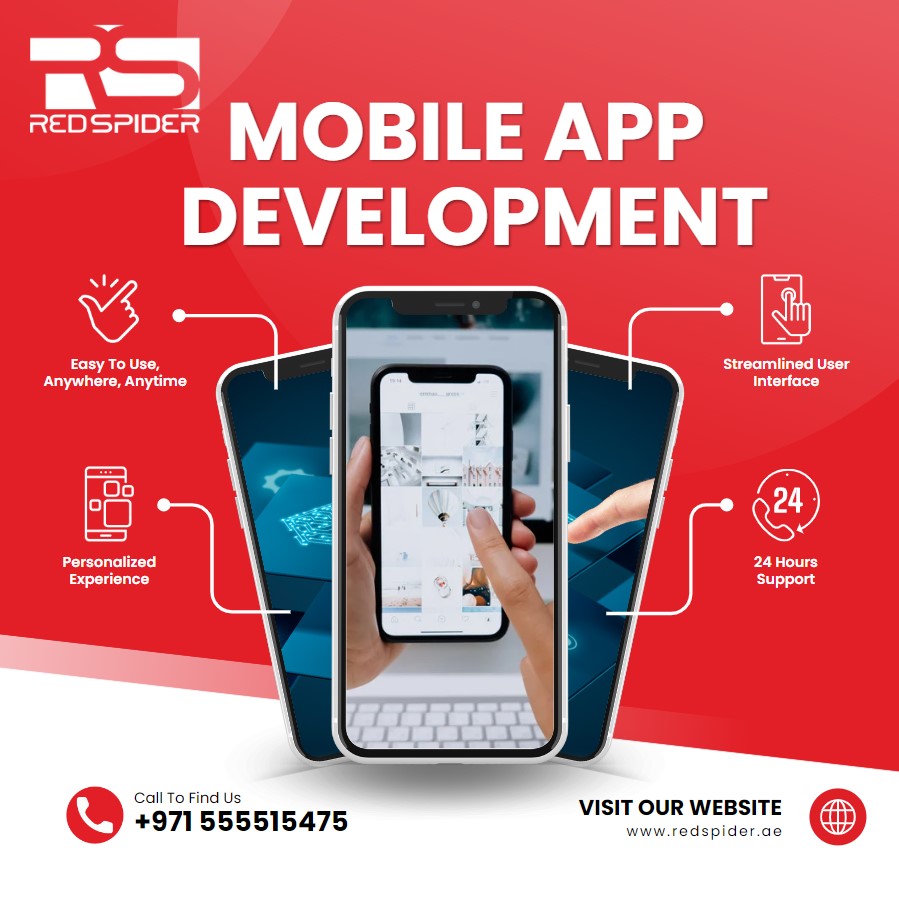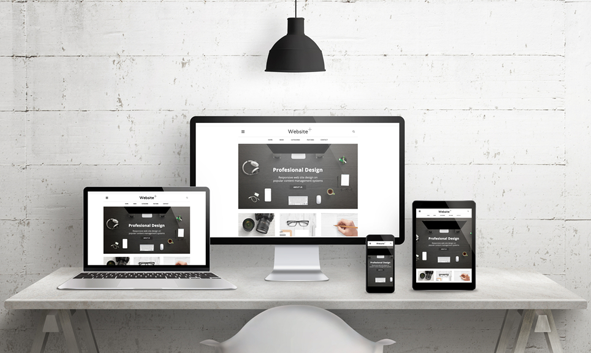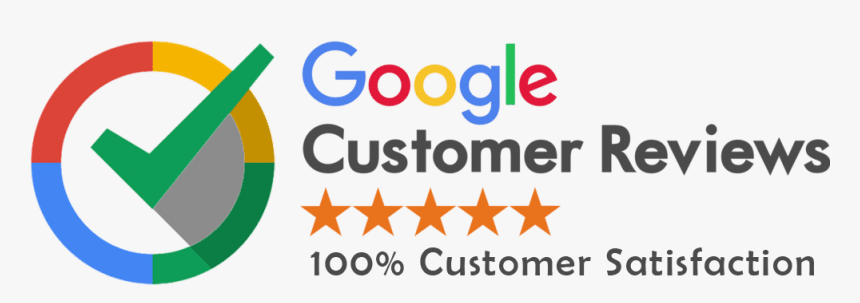Call Now : +971 50 5698733, +971 55 5515475
No. 1 Custom Mobile App Development Company in Dubai & Abu Dhabi, UAE
Mobile app development has become increasingly popular, involving the creation of software designed to run on smartphones and tablets. These Custom Mobile apps are tailored for different operating systems like iOS and Android, leveraging each device’s unique features to deliver a superior user experience compared to browsing the web on a phone.
Globally, roughly 78% of people own a smartphone and use mobile apps for diverse purposes like gaming, music, scheduling, and communication. Popular examples of mobile applications include WhatsApp, Spotify, Facebook, Instagram, and Headspace. If you’re thinking about launching a business by creating a mobile app, you’re on the right track. Understanding the mobile app development process is essential for everyone.

What Exactly Is Mobile App Development?
Mobile application development is the process of creating software specifically designed for mobile devices. This process covers both coding (writing the app’s instructions) and designing the user interface. While it’s similar to other types of software development, mobile application development is unique because it takes advantage of a smartphone’s built-in features like GPS, Bluetooth, cameras, and microphones.
TIn the mobile app market, the two dominant platforms are iOS (Apple) and Android. Although it’s possible to create apps for other operating systems, most app developers concentrate on iOS and Android. There are also many frameworks and tools available to simplify the app development process, which we’ll touch on further below.
The Mobile App Development Process
Here’s an overview of how the mobile app development process works:
Collecting Client Information for Mobile App Development in Dubai
1. Define Your App Idea
What is the Purpose of your App?
Clearly define the app’s main objective.
What problems will the app solve for users?
Identify the value your app will offer.
2. Set Clear Goals
- Establish specific, measurable goals that your app should achieve.
3. Determine Key Features
- Make a list of all the features your app will include, such as push notifications, user authentication, and payment integration.
4. Plan Your Budget
- Determine how much you’re willing to invest in your app’s development.
5. Choose a Development Approach
- Decide whether to build with an in-house team, hire a mobile app development agency, or use specialized app development tools.
By answering these questions and planning thoroughly, you will lay the groundwork for a successful mobile app development project.
Conduct Market Research On App Development
After finalizing your app idea, it’s essential to look at similar apps already on the market. Having a completely original concept with no competition is rare. Here are some key things to consider:
- Explore existing apps in your niche to see who your competitors are and what they are offering.
- Have a clear understanding of the target audience you want to reach with your app.
- Determine how your app will stand out by identifying the unique features or qualities that will set it apart from competitors.
- Decide whether to build your app for iOS, Android, or both platforms.
- Plan out how you will market and promote your app so that it effectively reaches your target audience.
Build Your App’s UX Design
Designing your mobile app is a crucial step in the development process. Begin by envisioning how you want your app to look and function. Draw rough sketches and create wireframes to visualize how the app will work. It’s vital to prioritize the user experience (UX). Ensure that the user interface is smooth and easy to navigate.
- Create a storyboard or flowchart to map out how each screen of your app connects to the others.
- Think about how using an app will differ from using a mobile website. Developing Website versus apps requires distinct approaches, so it’s important to understand those differences.
- Emphasize the user experience as your main focus. Make sure users can easily interact with and enjoy using your app.
App Development With Expert Mobile App Developers in Dubai, UAE
Decide how you plan to develop your app. Decide whether you will develop for iOS, Android, or both platforms. Alternatively, consider cross-platform development tools to build a single app that works on both iOS and Android. Here’s what you should do next:
- Assign a project manager who will coordinate tasks, set goals, and keep the development on track.
- Plan the development process by setting clear milestones and goals to track progress.
- Stay flexible and ready to adapt since changes may be needed as the project progresses.
- Understand that development timelines can vary widely: a simple app might be completed in a month by one developer, whereas a more complex app could take six months or longer with a team of developers.
Testing Your Mobile App
Before launching your app, make sure it works smoothly in all aspects. Here’s how:
- Continuously test the app throughout development using a Quality Assurance (QA) team.
- Verify that your app runs properly on both iOS and Android platforms.
- Test your app’s performance on a variety of devices, including different smartphones and tablets.
- Gather feedback by allowing real users to test your app, and use their insights to make improvements.
Different Types of Mobile Applications Developed by RedSpider:
Mobile app development has evolved significantly, offering more ways than ever to create apps today compared to the past. Here’s an overview of the different app types and their unique development approaches:
Native Mobile Apps for Businesses in Dubai
- Installed directly onto a mobile device, usually via the Apple App Store or Google Play Store.
- Often able to work offline and take full advantage of the device’s native features.
- Requires writing code specific to each operating system (iOS or Android).
Cross-Platform Native Mobile Apps
- Uses largely the same codebase for both iOS and Android.
- Delivers an experience that feels almost the same as a fully native app.
- It is more cost-effective and can reduce development time.
Hybrid Mobile Apps
- Similar to cross-platform apps in that you write the code once and it runs on both iOS and Android.
- The hybrid approach is generally more developer-friendly than other cross-platform methods.
- Hybrid app development is less technical; it can even be done with basic web development skills or by using no-code app builders.
Progressive Web Apps (PWAs)
Progressive Web Apps (PWAs) are apps delivered via the web browser rather than installed directly on the device like native apps. Thanks to modern web technologies, PWAs can offer a user experience very similar to native apps. PWAs can even send push notifications to users, which are delivered through the web browser. However, PWAs do have some limitations compared to native apps, especially when it comes to using the device’s full range of native features.
Why Choose RedSpider for Mobile Application Development in Dubai?
With years of experience, RedSpider is a leading app development company in Dubai. We offer expert mobile app development services for both startups and enterprises, ensuring your app is not only functional but also optimized for mobile application development Company Dubai.
Conclusion
Mobile application development Dubai is a dynamic, ever-evolving field that offers countless opportunities for businesses and individuals to build innovative apps tailored to user needs. Whether you’re building a native app, a cross-platform application, or a progressive web app, it’s crucial to understand the development process, conduct thorough market research, and prioritize the user experience to ensure success. By leveraging the right tools and approaches, you can create apps that not only meet current market demands but also provide exceptional value to users. As mobile technology continues to advance globally, the possibilities for app development in Dubai and beyond are virtually limitless, making now the perfect time to create apps and turn your app ideas into reality.

Get An Estimate For ECommerce Website Development Dubai
Redspider ensures to provide with the best ecommerce web design dubai for you
Quick Contact : +971 55 5515 475
that can meet the needs of your business needs.

RedSpider full service advertising & branding, web design & development, and digital marketing agency. RedSpider is a group of young, brilliant minds from all over the world. We feeling what we do and trust in doing it good. We bit a hunger for making and launching brands. We design appealing customer capabilities to change our brands forward. We keep it humble, actual and present. Our high quality design from all over the world.







